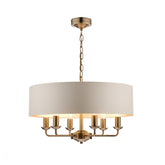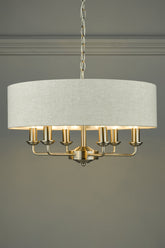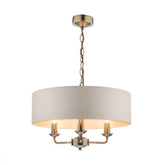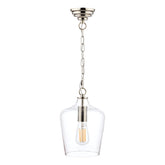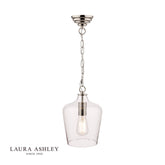Light Bulbs Do they confuse you? Here are the basics....
So many light bulbs on the market today we can help offer some help and shed some Light on the Bulbs Do they confuse you? Here are the basics....
So I have been selling lighting for more than 15 years, bulbs have come and gone and still new ones appear that I need to learn about. For most of the population it can be a bit daunting especially since the EU got their hands on the lighting energy market, the demands made to reduce energy although good for the planet have confused the hell out of the bulb market for most people.
Here are our best tips for choosing a standard household lightbulb so when you go out shopping your not terrified of a little lightbulb!
Firstly most shapes of light bulb can be bought with a few options of how they are powered we have the old school tungsten, then there's halogen and most popular now are LED. The choice is there for a reason to reduce energy consumption, tungsten saps the most power, halogen can reduce the bills by about 30% and then LED makes the power consumption nothing in comparison to a good old fashioned tungsten bulb, we have come a long way.
Now you have a couple of choices besides the power consumption we have the look of the bulb in two forms, one is the colour of light that it transmits and secondly is the actual colour of the bulbs glass which can be tinted to replicate vintage old fashioned lighting. Very nostalgic but a bit orange for me.
So you may want a bright daylight look instead of a warm tone bulb so there is thing called Kelvin when you look at the side of the packet of the bulb it will have a figure in thousands and a k at the end ie 2700k, 6000k, 3500k. This is a colour scale the higher the number the closer to daylight the light becomes which in turn makes it very blue, so a 6000k is replicating daylight however a 2500k is considered a warm white closer to our familiar GLS tungsten house bulb.
If you need a bulb to be dimmed
this will also be displayed on the packaging do not assume that all bulbs can be dimmed, some start flickering and can be very annoying so always check if you need that function.
Most household lamps will take a standard bulb bayonet or screw fitting to attach it to the light, sellers will show that the maximum wattage is 60w for an example so buy your bulb with that in mind if your new LED bulb is 8w but says it is equivalent to a 100w then your are fine to use it, you always base the maximum wattage on the wattage of the bulb not what it is capable of emitting in light output.
Which brings me onto the next part of the label and a new word for us to start getting familiar with, the lumen, 1 lumen is equal to 1 candela, what does this mean ? So 1 lumen is equal to the output of 1 candle.
Now in real terms the easiest way to think of lumen is this, 100 lumens equals 10w of good old fashioned light. If you want a 40w amount of light then buy a bulb with 400 lumens of output 60w equals 600 lumens and so on.
All packaging now has the lumens detailed on the box, the higher the number of lumens the more light you will get. Wattage does not have any bearing on it with the new bulbs as manufacturers can change the wattage with technology and get more light out of a smaller wattage.
Which light bulb shape is best for me?
Finally that's all the technical you need to know! The next bit is literally the shape of the bulb which is entirely up to you of how you want your light to look and if you need a specific size of bulb that will fit on or inside the light shade.
So a pigmy is very small and a globe and be very fat, a tube can be long or short and stumpy, a squirrel is like an elongated teardrop shape, then you can have a standard candle, a twisted candle or a bent tip candle, the list goes on and on....
You can make a real design statement having a play around with the shape of bulbs that you are using, the manufacturer will always say what shape they think will work best but if you want to change it in most circumstances that's up to you.
Have fun and don't be scared of the bulb.....
